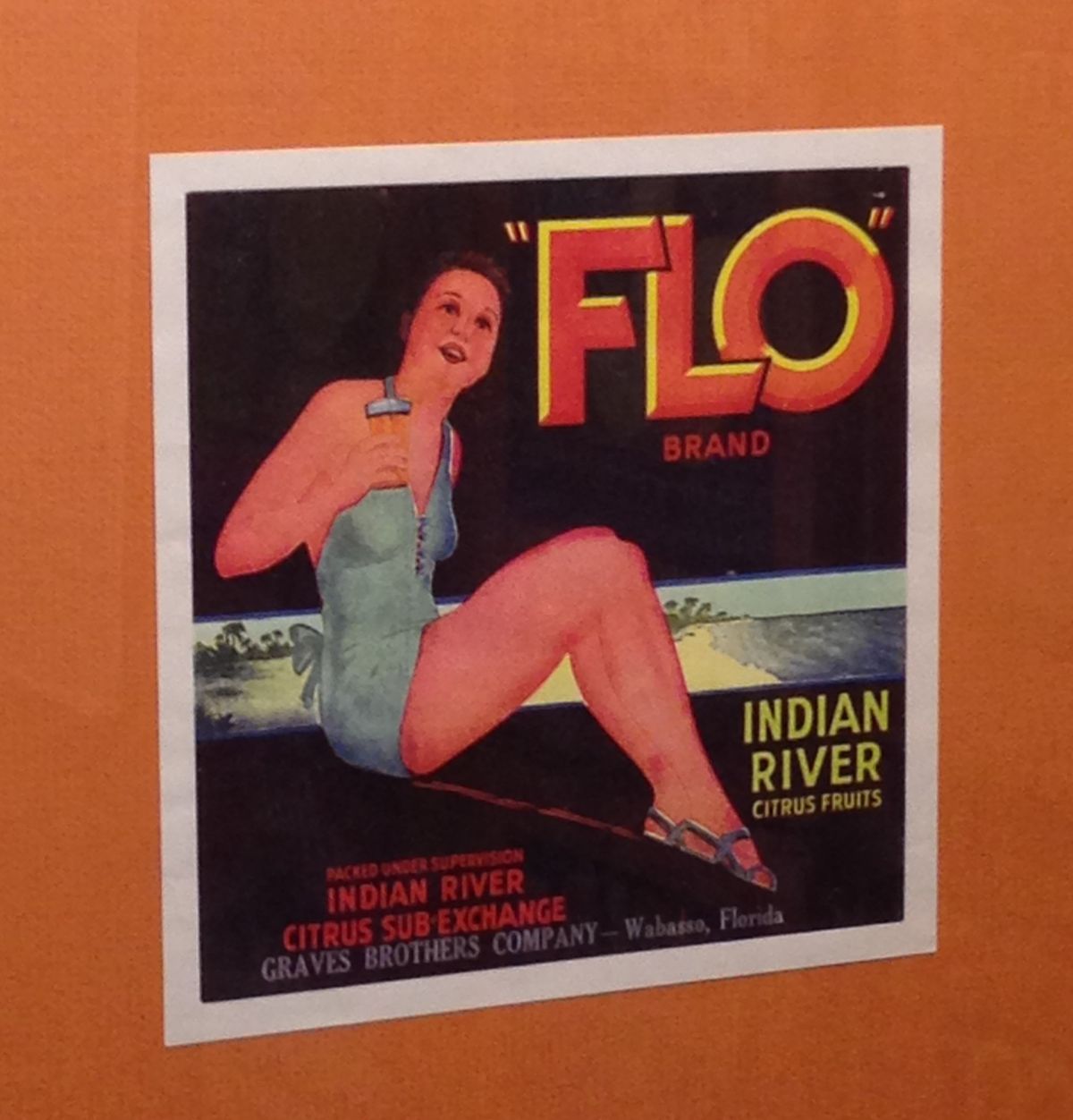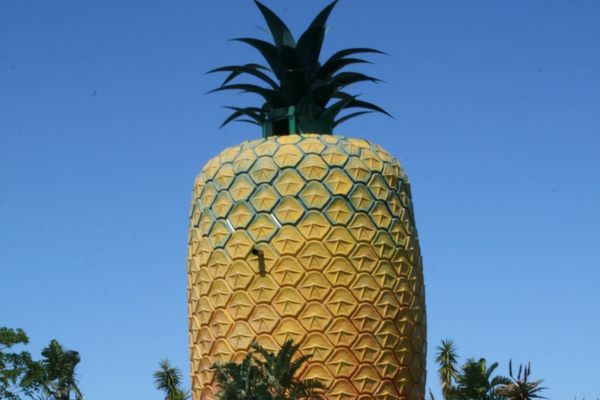About
World renowned for its luscious, hardy fruit, Florida's Indian River region produces as many as 55 billion oranges annually. So glorious is this commodity that an 1890 report in Blackwood’s Edinburgh Magazine noted, “The Indian River Orange is not to be mentioned in the same breath with ordinary oranges. It is a delicacy by itself, hitherto unknown in the world.”
Serendipitous geography is largely to thank for the fortune of the Indian River—which is not technically a river. Two miles wide and 155 miles long, it is a tidal lagoon hugging Florida’s central east coast, which protects citrus crops against harsh freezes in winter. Still, it took thousands of years for the orange to become a symbol of the Sunshine State.
Some 2,500 years before Florida license plates brandished its iconic orange logo, this native fruit of Southeast Asia was described by Confucius in his Five Classics. Hundreds of years later, Moorish Spain flourished with varieties of oranges, and by the time of the European Age of Exploration, Spanish law mandated that every sailor carry 100 orange seeds on his voyages to plant in new colonies as a medicinal necessity. In 1513, oranges were likely brought to Florida by Ponce de Leon, and his seamen, who cast their seed indiscriminately, created widely dispersed groves that were eventually tended and cultivated by Native Americans.
The winter of 1835, however, was a tragic period in Florida’s citrus history, when a severe freeze killed every orange tree in the territory… every tree except a grove planted on Merritt Island by Douglas Dummett. The sugar cane industry originally brought Dummett down to Florida from Connecticut, but once he realized the potential of citrus, he quickly became the first orange mogul. The inchoate enterprise, however, was ripe for graft, and after his death in 1873, Dummett’s orchards were bought by a fake Italian Duke, calling himself the Duc di Castellucio. Fortunately, the orange business continued in the pink even during his tumultuous marriage to Jenny Anheuser (of Clydesdale fame).
Today, the Indian River Citrus Museum pays tribute to the people who formally organized and developed a billion-dollar industry in Florida during the last century. From the visionaries who built enormous packinghouses and created new hybrids of the fruit, to the pickers who could harvest as many as 20,000 oranges each day, to the talented marketers who created now-iconic images of Florida oranges, all are celebrated in this appealing Vero Beach gallery.
Related Tags
Know Before You Go
The museum is open Tuesday through Friday from 10 a.m. to 4 p.m. The staff are extraordinarily friendly and knowledgeable.
Community Contributors
Added By
Published
August 21, 2018














































